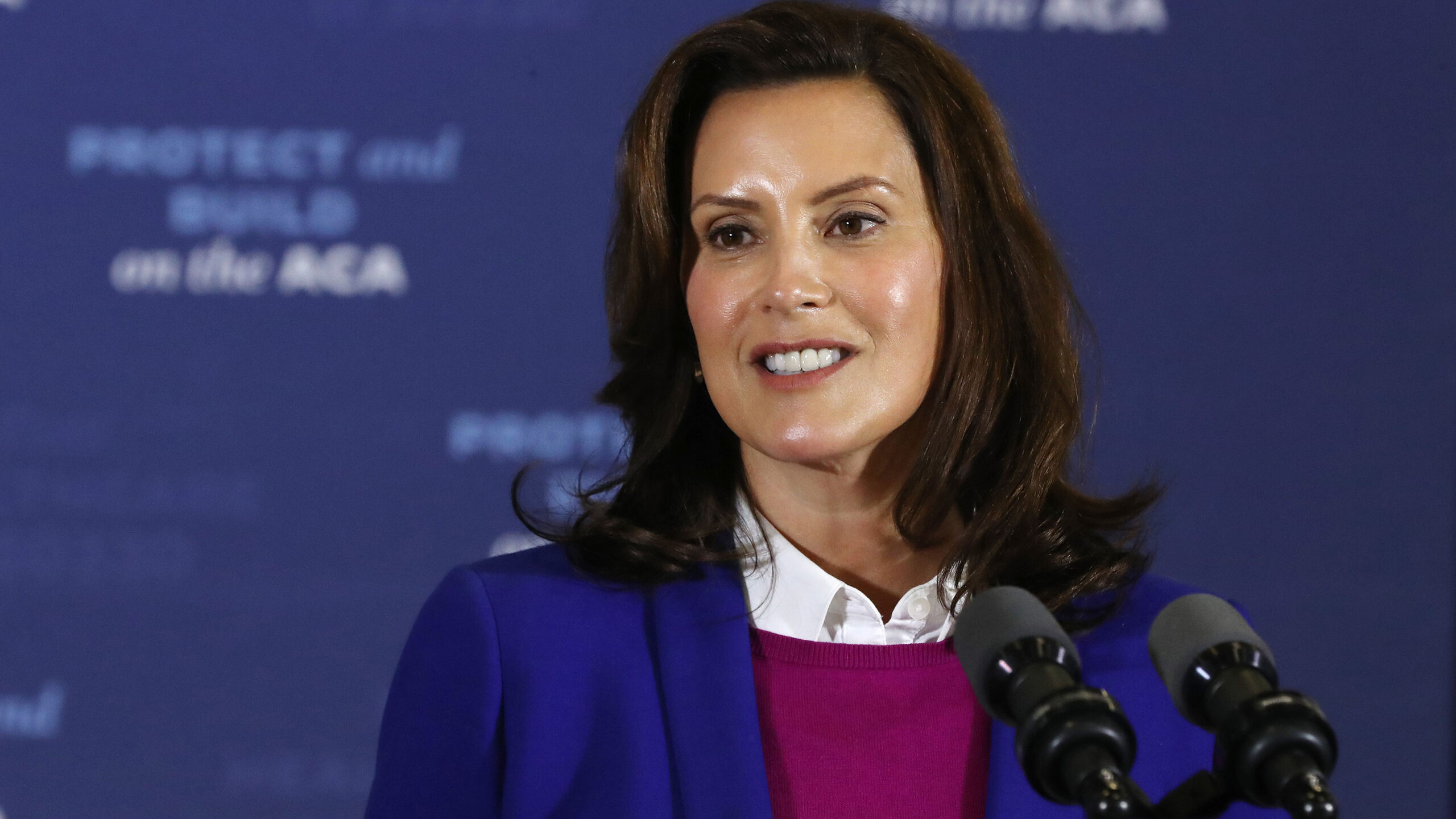Michigan’s public K-12 schools would receive between $82 and $164 more in per-pupil funding according to a budget proposal from Gov. Gretchen Whitmer that shows the state is placing a high priority on helping students recover from the pandemic.
The budget includes a sizable investment in programs to address learning loss related to the pandemic. That investment will be crucial because educators across the state have raised concerns about the learning loss students have experienced since the pandemic first shuttered school buildings in March. Many district leaders have reported an increase in failing grades as students struggle with online learning.
“This past year has been incredibly difficult on our students, on our parents and on our teachers, and we need to make investments to help bring up and make up for that lost time,” David Massaron, the state budget director, said during a legislative hearing Thursday morning.
The proposal comes as Whitmer remains locked in a battle with a Republican-controlled state Legislature. Earlier this week, she called on lawmakers to approve the distribution of $1.7 billion in COVID-19 relief money Congress approved in December, as well as an additional $300 million in state money she wants to spend to help schools reopen. Whitmer is urging schools to reopen for in-person instruction by March 1.
Republican lawmakers have proposed COVID-19 spending in phases in an attempt, they say, to ensure the administration is held accountable for how the money is spent. Legislative leaders will propose their own budget, and the two sides will likely negotiate before the full Legislature acts.
During the legislative hearing Thursday, Republican state Rep. Thomas Albert, who chairs the House Appropriations Committee, echoed the governor’s worries about students and learning loss.
“We have great concerns with children in our state that are now maybe one or two or more grade levels behind,” Albert said. “Many of their families face uncertainty about when they’ll be able to receive a quality education in person again.”
But, he added, “We’ve been pretty clear on the House side that as far as moving forward, we’re going to have strong oversight for how things will be spent.”
Some of the education-related proposals were also included in Whitmer’s request earlier this year for a supplement to the current budget. Here’s a breakdown of the governor’s school spending priorities:
Boosting pandemic spending
- $250 million in one-time supplemental funding to support student academic recovery, physical and mental health, and postsecondary readiness and transition.
- $200 million for declining enrollment to stabilize budgets for districts experiencing student losses in fiscal year 2022.
- $120 million to provide opportunities in 2021-22 for students through summer learning, after-school learning, day camps, and other activities designed to support student needs outside of the normal classroom schedule.
Expanding child care options
- An additional $370 million to expand child care options by temporarily increasing the income eligibility threshold and temporarily waiving out-of-pocket copays through fiscal year 2022. Child care providers would get a 10% percent increase in hourly rates.
- An additional $32 million for the Great Start Readiness Program to raise state payment for a full-day preschooler from $7,250 to $8,275. It would be the first per-student increase since 2014, Massaron said.
Creating more equity for vulnerable children
- The state would increase funding by $14.1 million for students from low-income homes, English language learners, special education students, and students in rural and isolated districts. This increase would be in addition to the per-pupil funding school districts receive. It also reflects Whitmer’s gradual push toward a weighted funded system in Michigan that directs more dollars to the most vulnerable students.
Overall funding increases
- The state would increase overall per-pupil funding by $203 million. That would amount to a $164 per student increase for the lowest funded districts, and $82 per student for the highest funded districts.
This article was originally published on Whitmer proposes spending increases for Michigan schools, COVID academic recovery






Be First to Comment